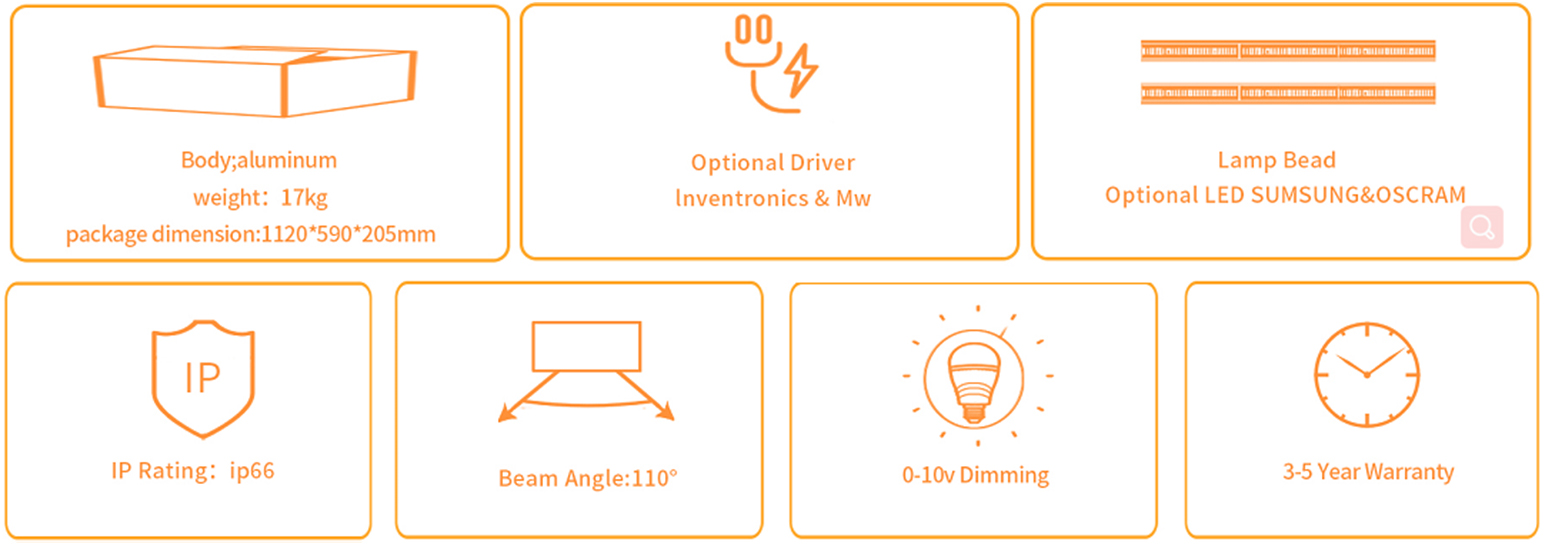The semiconductor red laser module is a coherent radiation source. To enable it to emit laser light, it must have three basic conditions:
In order to form a stable oscillation, the laser medium must be able to provide a satisfactory large gain to compensate for the optical loss caused by the resonant cavity and the loss caused by the laser output from the cavity surface, and continuously add the optical field in the cavity. It is necessary to have satisfactory strong current injection, that is, to have a satisfactory population inversion. The higher the population inversion degree, the greater the gain obtained, that is, it is necessary to satisfy certain current threshold conditions. When the red laser module reaches the threshold, light with a specific wavelength can resonate in the cavity and be amplified to form laser light and output successively.

2. Gain conditions: establish the inversion distribution of carriers in the lasing medium (active region). In a semiconductor, the energy of an electron is represented by an energy band composed of a series of energy levels that are close to one another. Therefore, the population inversion must be completed in the semiconductor. Between the two energy band regions, it is at the bottom of the high-energy state conduction band. The number of electrons must be much larger than the number of holes at the top of the low-energy state valence band. This is accomplished by applying a forward bias to the homojunction or heterojunction and injecting necessary carriers into the active layer. Excite electrons from the lower energy valence band to the higher energy conduction band. When many electrons and holes in the population inversion state recombine, stimulated emission occurs.
3. To obtain coherent stimulated radiation in practice, it is necessary to cause the stimulated radiation to get multiple reactions in the optical resonant cavity to form laser oscillation. The resonant cavity of the red laser module is made of the natural cleavage surface of the semiconductor crystal as a mirror. The structure is usually coated with a high-reflective multilayer dielectric film on the side that does not emit light, and an anti-reflective film is coated on the light-emitting surface.